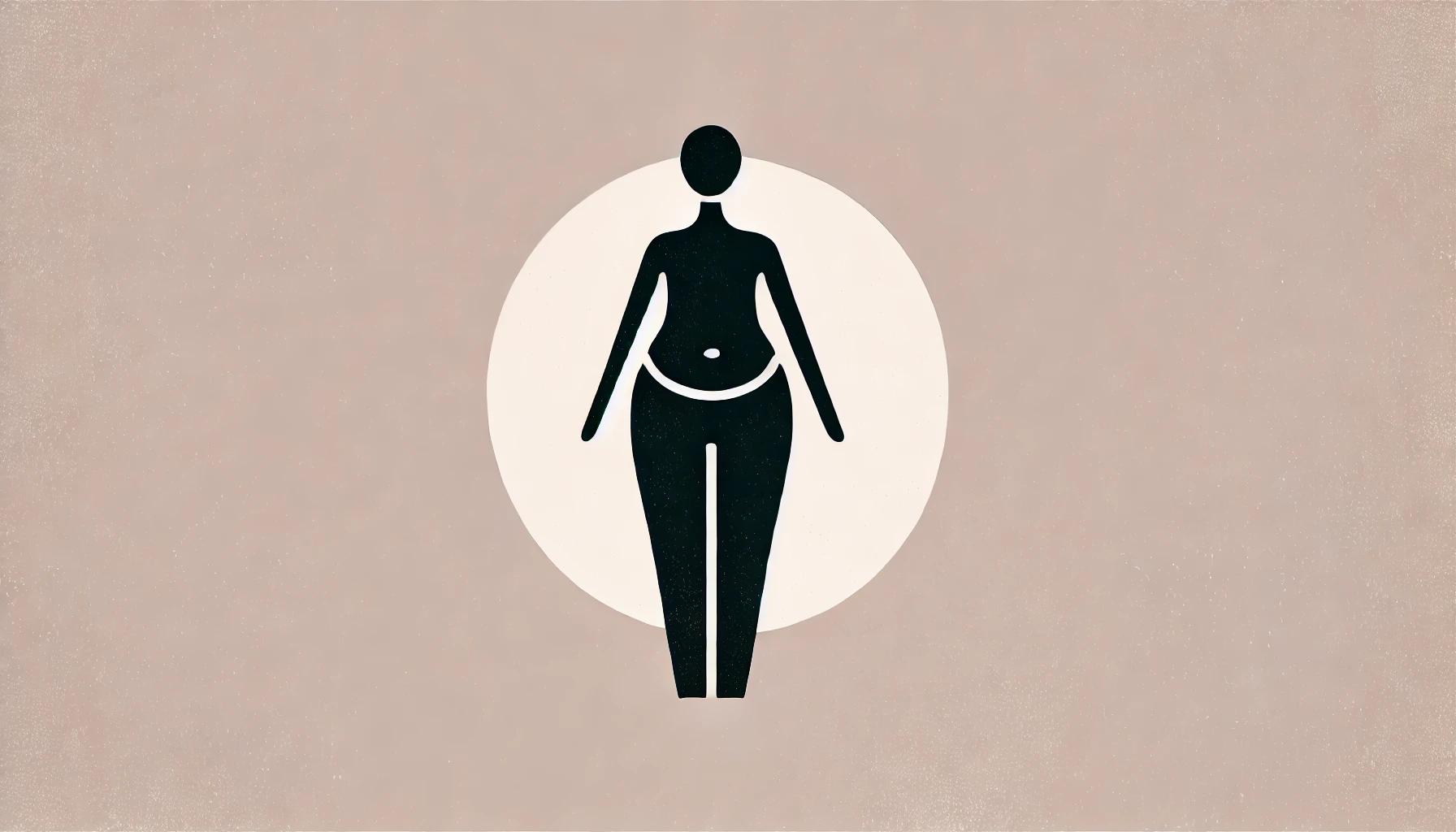
The "Skinny Fat" Body Type Problem is Becoming More Common in Today's Society. Despite appearing slim at first glance, people with this body type have hidden reserves of fat, which can lead to serious health problems. This article explores the causes, symptoms, and methods to get rid of the "skinny fat" body type.
The "skinny fat" body type describes a condition where someone, despite appearing slim at first glance, has a high percentage of body fat relative to muscle mass. This can lead to health problems such as insulin resistance, type 2 diabetes, and heart disease.
People with the "skinny fat" body type often have slender arms and legs but a noticeably rounded belly. They may also experience low energy levels, concentration issues, and low muscle strength.
Typical examples of the "skinny fat" body type include people with slim arms and legs but visible fat around the abdomen. This often results from a lack of physical activity and an inadequate diet that does not provide the necessary nutrients for muscle development.
Below, you can see the transformation my client went through while dealing with a skinny fat body type:
Correction of a postural defect. Piotr's silhouette metamorphosis
Several factors can contribute to the "skinny fat" body type, including:
The "skinny fat" body type can affect both men and women of all ages, but it is most commonly seen in people with a sedentary lifestyle and poor diet. Younger individuals may be more resistant to the effects of "skinny fat" due to a faster metabolism, but health risks increase with age.
Hormones play a crucial role in regulating metabolism and fat storage. For example:
To accurately assess health and hormone levels, consider the following tests:
Genetics can play a role in the predisposition to the "skinny fat" body type. Some individuals may have a genetic tendency to store fat in specific areas. However, even with genetic predispositions, a healthy lifestyle and diet can significantly influence body composition.
Stress has a huge impact on body composition. High cortisol levels promote fat storage, especially around the abdomen. Therefore, managing stress is crucial in combating the "skinny fat" body type. Relaxation techniques like meditation, yoga, or regular physical activity can help reduce stress levels.
An improper diet rich in processed foods and low in protein can lead to the "skinny fat" body type. It’s essential to consume whole foods rich in protein, healthy fats, and complex carbohydrates. Avoiding processed foods, sugars, and trans fats is crucial for maintaining a healthy body composition.
Lack of physical activity is one of the main reasons for the "skinny fat" body type. Regular exercise, especially strength training, helps build muscle mass and reduce body fat. Physical activity also improves metabolism, which is key to preventing excessive fat accumulation.
To get rid of the "skinny fat" body type, it’s advisable to consult a nutritionist and personal trainer who can help create a tailored diet and exercise plan. Professional support can be essential for achieving lasting results.
A diet should be rich in protein, healthy fats, and complex carbohydrates. Protein is crucial for muscle building, while healthy fats and complex carbohydrates provide energy. It’s also important to consume plenty of fruits and vegetables, which supply essential vitamins and minerals.
Strength training is key in combating the "skinny fat" body type. Regular strength workouts, such as full-body exercises, help increase muscle mass and reduce body fat. You can learn more about this in our article on full-body workouts and abdominal muscle training.
The "skinny fat" body type is a problem that can be addressed through proper nutrition, regular physical activity, and stress management. It’s advisable to consult experts to create an individual action plan that will help achieve a healthy and balanced body composition.